How Did Hi8 Camcorders Work ?
Hi8 camcorders worked by using analog recording technology to capture and store video footage. They used Hi8 tapes, which were similar to standard 8mm tapes but had improved video and audio quality. The camcorder had a built-in lens and image sensor to capture the video, which was then processed and converted into an analog signal. This analog signal was recorded onto the Hi8 tape using magnetic particles.
To play back the recorded footage, the Hi8 tape was inserted into the camcorder or a compatible playback device. The tape was then passed over a magnetic head, which read the analog signal and converted it back into video and audio. The playback device would then display the video on a screen or output it to a TV or computer for viewing.
Hi8 camcorders were popular in the 1990s and early 2000s, offering better video quality than their predecessors. However, with the advent of digital camcorders and the rise of digital video formats, Hi8 technology eventually became obsolete.
1、 Analog recording on magnetic tape using Hi8 format
Hi8 camcorders were a popular type of camcorder in the 1990s that used analog recording on magnetic tape. The Hi8 format was an improvement over the earlier Video8 format, offering higher resolution and better image quality.
In a Hi8 camcorder, the video signal from the camera's image sensor was converted into an analog electrical signal. This signal was then recorded onto a small cassette tape using magnetic particles embedded on the tape's surface. The tape was enclosed in a cassette that could be easily inserted and removed from the camcorder.
To play back the recorded footage, the tape was passed over a spinning drum head inside the camcorder. The drum head contained multiple magnetic heads that read the recorded signal from the tape. This signal was then converted back into an electrical signal and sent to the camcorder's display or output ports for viewing.
The Hi8 format offered a higher resolution of 400 lines compared to the 240 lines of the Video8 format. This improvement in resolution resulted in sharper and more detailed images. Additionally, Hi8 camcorders often featured manual controls for focus, exposure, and white balance, allowing users to have more control over their recordings.
It is important to note that Hi8 camcorders are now considered outdated technology, as digital recording formats such as MiniDV and later digital formats have become the standard. These digital formats offer superior image quality, easier editing capabilities, and the ability to transfer footage to computers and other digital devices more conveniently.
In conclusion, Hi8 camcorders worked by recording analog video signals onto magnetic tape using the Hi8 format. While they were popular in the 1990s, they have since been replaced by digital recording formats.
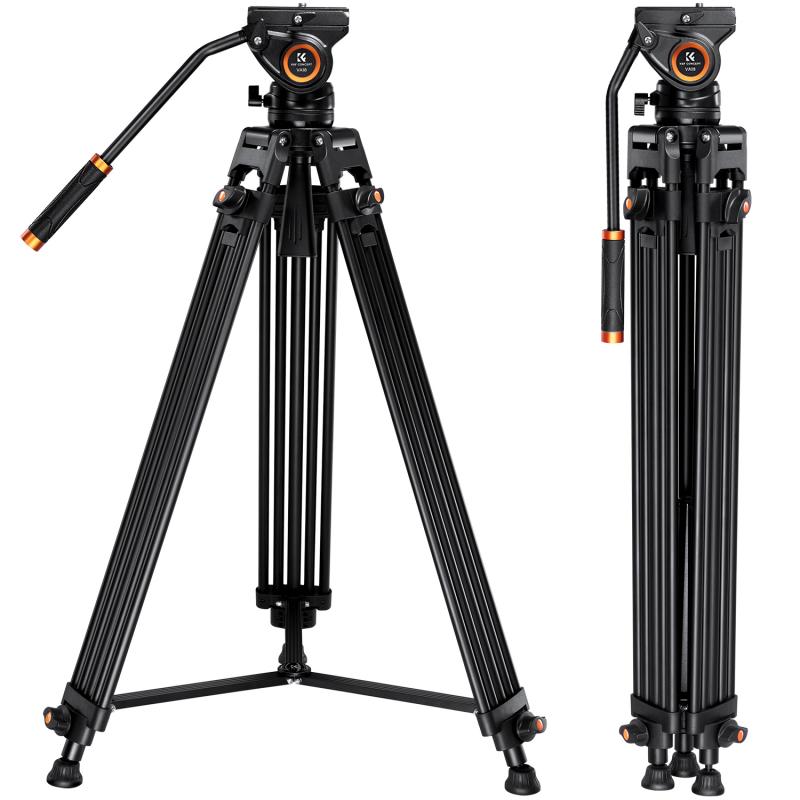
2、 Video and audio signal processing in Hi8 camcorders
Hi8 camcorders were a popular type of camcorder that used analog technology to record and play back video and audio. The "Hi8" in the name refers to the improved video quality compared to its predecessor, the Video8 format.
In Hi8 camcorders, the video signal was recorded onto a magnetic tape using a helical scan method. The tape was wrapped around a spinning drum head, which contained multiple video heads. These heads would read and write the video signal onto the tape as it passed by. The video signal was composed of luminance (brightness) and chrominance (color) information, which were recorded separately.
The audio signal was recorded onto the same tape, but in a different track. Hi8 camcorders typically used linear audio recording, where the audio signal was converted into an analog electrical signal and then recorded onto the tape. The audio track was usually located alongside the video track.
During playback, the video and audio signals were read from the tape by the video and audio heads respectively. The signals were then processed and sent to the camcorder's display and speaker, allowing users to view and hear the recorded content.
It's important to note that Hi8 camcorders are now considered outdated technology, as digital camcorders and smartphones have largely replaced them. These newer devices use digital technology to record and process video and audio signals, offering higher quality and more advanced features.
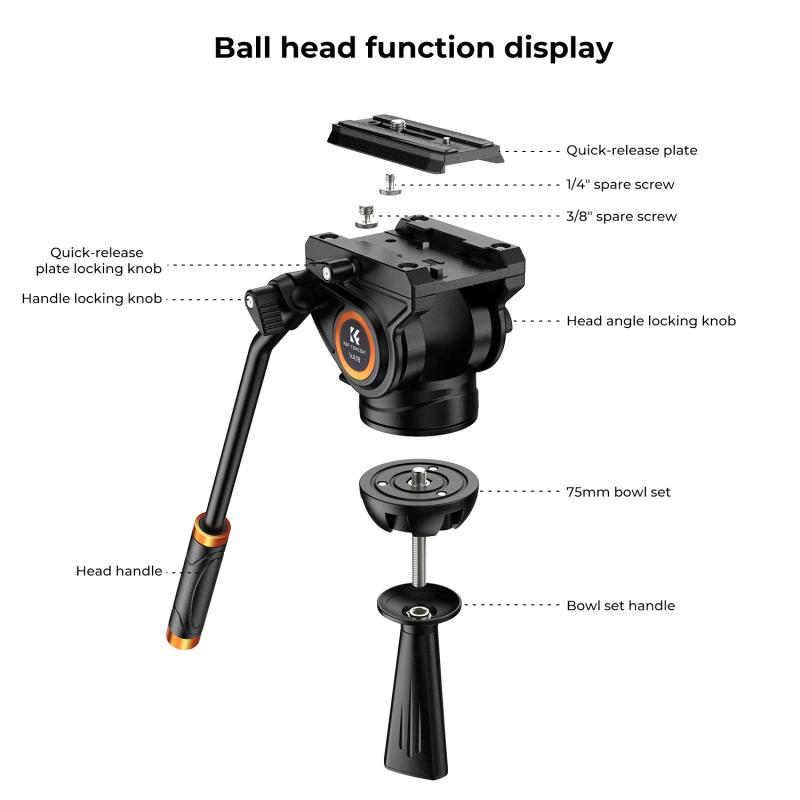
3、 Mechanical components and operation of Hi8 camcorders
Hi8 camcorders were a popular consumer video recording device in the 1990s. They used a combination of mechanical components and advanced technology to capture and record video footage.
At the heart of a Hi8 camcorder was a rotating drum head assembly. This assembly consisted of a spinning drum with multiple video heads mounted on it. The drum head assembly was responsible for reading and writing the video signals onto the Hi8 tapes. As the tape passed through the camcorder, the drum head assembly would spin, making contact with the tape and recording the video information onto it.
The Hi8 tapes themselves were small cassettes that contained a thin strip of magnetic tape. This tape was coated with tiny magnetic particles that could be magnetized to store the video signals. The tape would pass over the drum head assembly, and the video heads would magnetize the particles to record the video information.
To play back the recorded video, the drum head assembly would spin again, and the video heads would read the magnetized particles on the tape. The signals would then be processed and sent to the camcorder's display screen or output ports for viewing.
In addition to the mechanical components, Hi8 camcorders also incorporated advanced technology for improved video quality. Hi8 was an enhancement of the earlier Video8 format, offering higher resolution and better color reproduction. This was achieved through improved tape formulation and signal processing algorithms.
Overall, Hi8 camcorders combined mechanical components, such as the rotating drum head assembly, with advanced technology to capture and record video footage. While they have been largely replaced by digital camcorders and smartphones, Hi8 camcorders played a significant role in the evolution of consumer video recording technology.
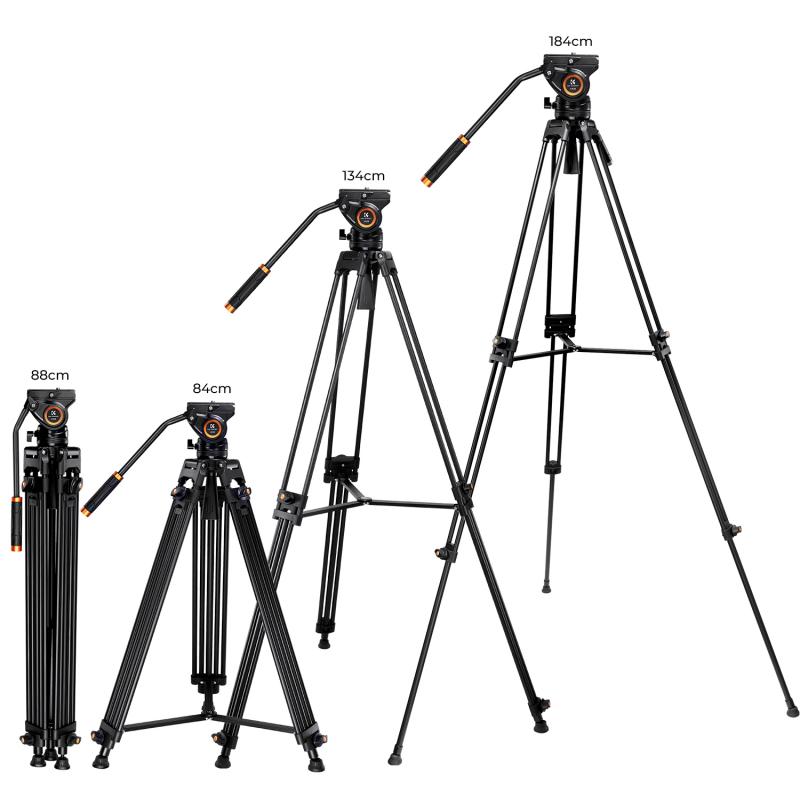
4、 Hi8 camcorder playback and editing capabilities
Hi8 camcorders were a popular consumer video recording device in the 1990s. They used a combination of analog and digital technology to capture and store video footage.
The Hi8 format utilized 8mm magnetic tape to record video signals. The camcorder had a built-in lens and image sensor that captured the video, which was then converted into an analog signal. This analog signal was then recorded onto the Hi8 tape using magnetic particles.
To play back the recorded footage, the Hi8 camcorder had a playback head that read the analog signal from the tape. This signal was then converted back into a video image and displayed on the camcorder's built-in screen or output to a television or monitor.
In terms of editing capabilities, Hi8 camcorders offered limited options. They typically had basic editing features such as the ability to pause and resume recording, as well as the ability to fast forward and rewind the tape. Some models also had rudimentary editing functions like the ability to insert or overwrite footage.
However, compared to modern digital camcorders, Hi8 camcorders lacked advanced editing features such as non-linear editing, which allows for more precise and complex editing of video footage. Additionally, the analog nature of the Hi8 format meant that the quality of the footage could degrade over time, especially if the tape was not properly stored or handled.
In conclusion, Hi8 camcorders worked by recording analog video signals onto 8mm magnetic tape. They offered basic playback and editing capabilities, but were limited compared to modern digital camcorders.
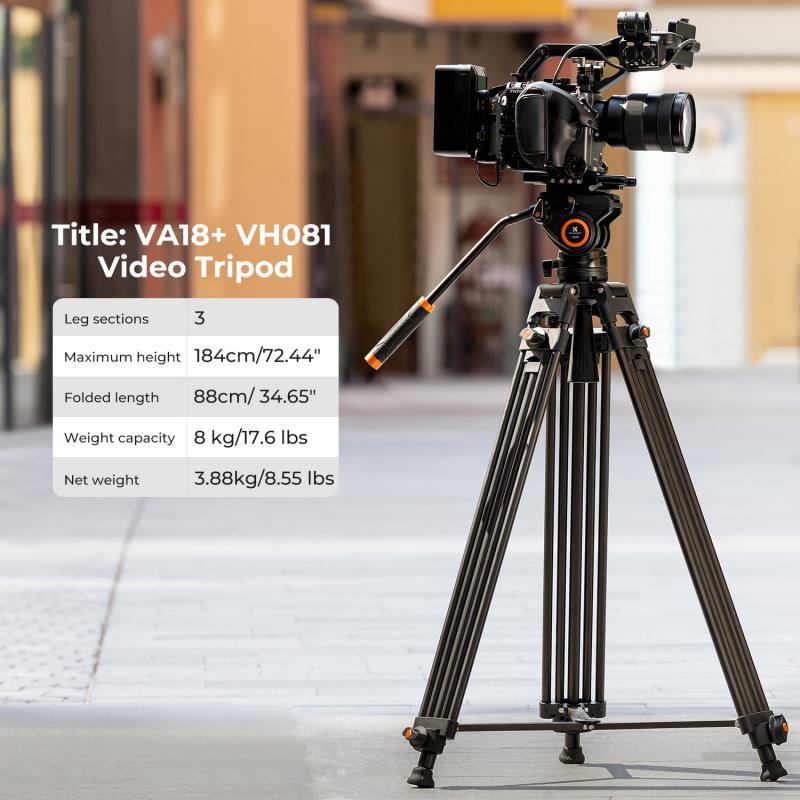




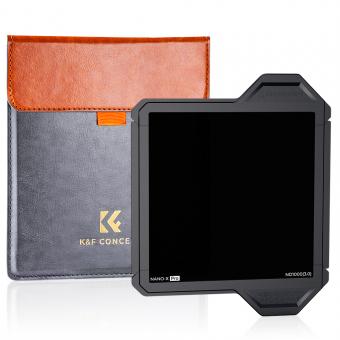
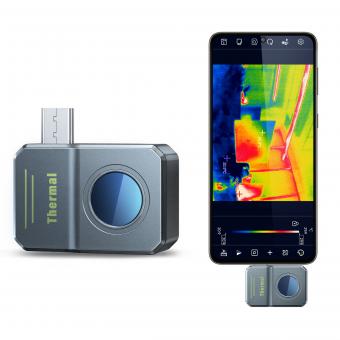
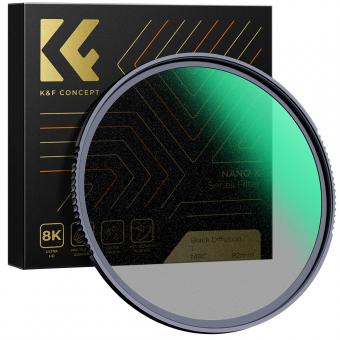
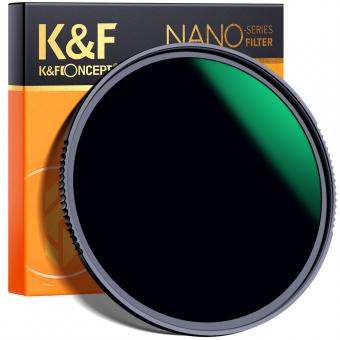

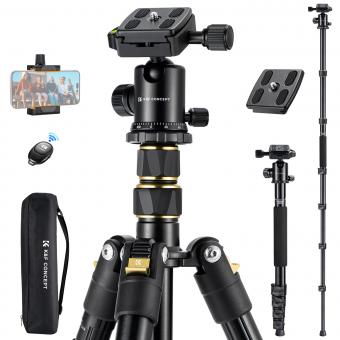
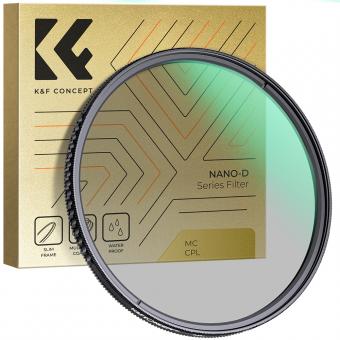





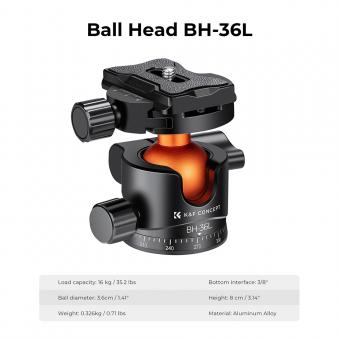



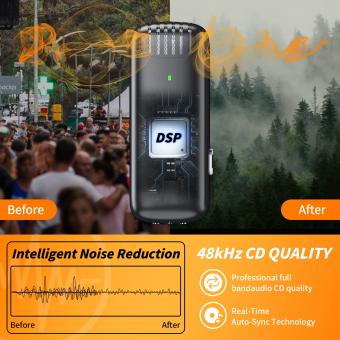


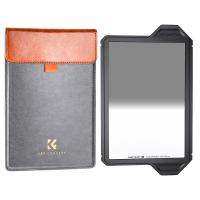
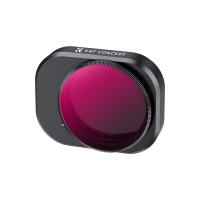
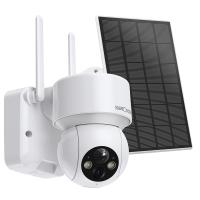
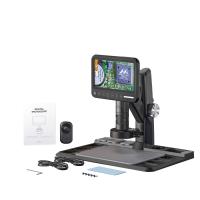







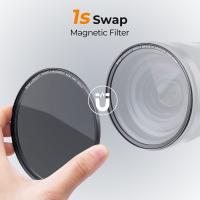

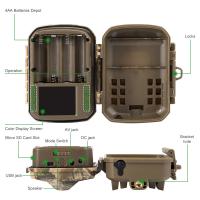
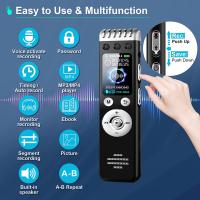

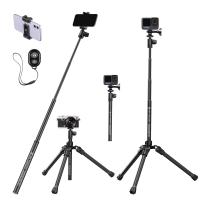
There are no comments for this blog.